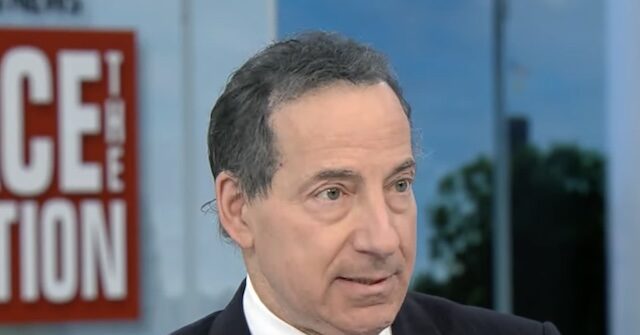India is grappling with an unprecedented challenge, facing a colossal rice surplus that far exceeds its domestic consumption capacity, export opportunities, and the reach of public distribution schemes. In response, the nation is exploring a significant, yet contentious, policy shift: diverting this record rice stock towards the production of ethanol, sparking a nationwide debate on its economic viability and long-term sustainability.
The sheer volume of India’s rice surplus presents a logistical and economic conundrum. With godowns overflowing, the traditional avenues for managing excess grain — domestic consumption, international trade, and welfare programs — have proven insufficient. This persistent oversupply, often exacerbated by favourable monsoon seasons and robust agricultural output, puts immense strain on storage infrastructure and incurs substantial holding costs for the government, compelling policymakers to seek alternative, large-scale solutions for this agricultural abundance.
The strategic decision to channel a portion of this massive rice surplus into ethanol production emerges as a multifaceted approach to address several national priorities. Proponents argue that this move could efficiently utilize otherwise idle or deteriorating grain stocks, thereby reducing waste and optimising resource allocation. Furthermore, it aligns with India’s broader energy security objectives, offering a pathway to bolster its domestic fuel supply and potentially reduce its reliance on imported crude oil, thus strengthening the national economy and fostering self-sufficiency in the energy sector.
Economically, the diversion of rice for ethanol production holds considerable appeal, particularly for the agricultural sector. Such an initiative could provide a stable demand for the rice surplus, offering farmers an assured market and potentially mitigating price volatility that often plagues agricultural commodities. This agriculture policy could also stimulate investment in biofuel infrastructure, creating new employment opportunities and fostering technological advancements within the rural economy. The shift represents a pragmatic attempt to transform an agricultural liability into an energy asset, bolstering the economy from two crucial angles.
However, this agriculture policy is not without its critics, who raise profound ethical and practical questions, particularly concerning sustainability and food security. The central ethical dilemma revolves around converting edible grains into fuel in a country where a significant portion of the population still faces food insecurity and malnutrition. Opponents argue that such a move could inadvertently inflate food prices or deplete strategic grain reserves, potentially compromising national food security in the long run. The debate underscores the delicate balance required when making policy decisions that intersect food systems and energy demands.
The long-term sustainability of using rice surplus for ethanol production remains a key point of contention. While it offers an immediate solution to overflowing granaries and contributes to green energy initiatives, experts question the environmental footprint of large-scale ethanol conversion processes, including water usage and land allocation for cultivating energy crops. A thorough assessment of the policy’s comprehensive environmental and socio-economic impact is crucial to determine if this diversion truly represents a viable and sustainable solution for both India’s agricultural oversupply and its evolving energy needs, or if it merely shifts existing challenges.
Ultimately, India’s pivot towards transforming its rice surplus into ethanol is a complex agriculture policy decision, laden with both immense potential and significant challenges. It necessitates a critical assessment of the trade-offs between managing agricultural abundance, ensuring food security, and pursuing energy independence. The success and sustainability of this strategic move will hinge on comprehensive planning, robust implementation, and a continuous evaluation of its broader implications on the nation’s economy, food landscape, and environmental stewardship, ensuring a balanced approach for India’s future.
Discover more from The Time News
Subscribe to get the latest posts sent to your email.






